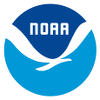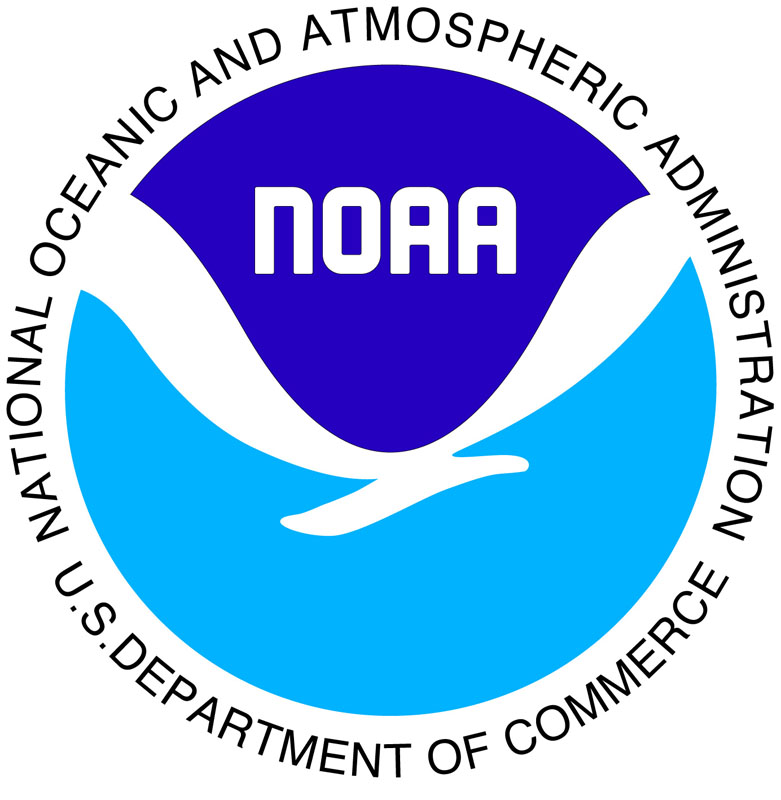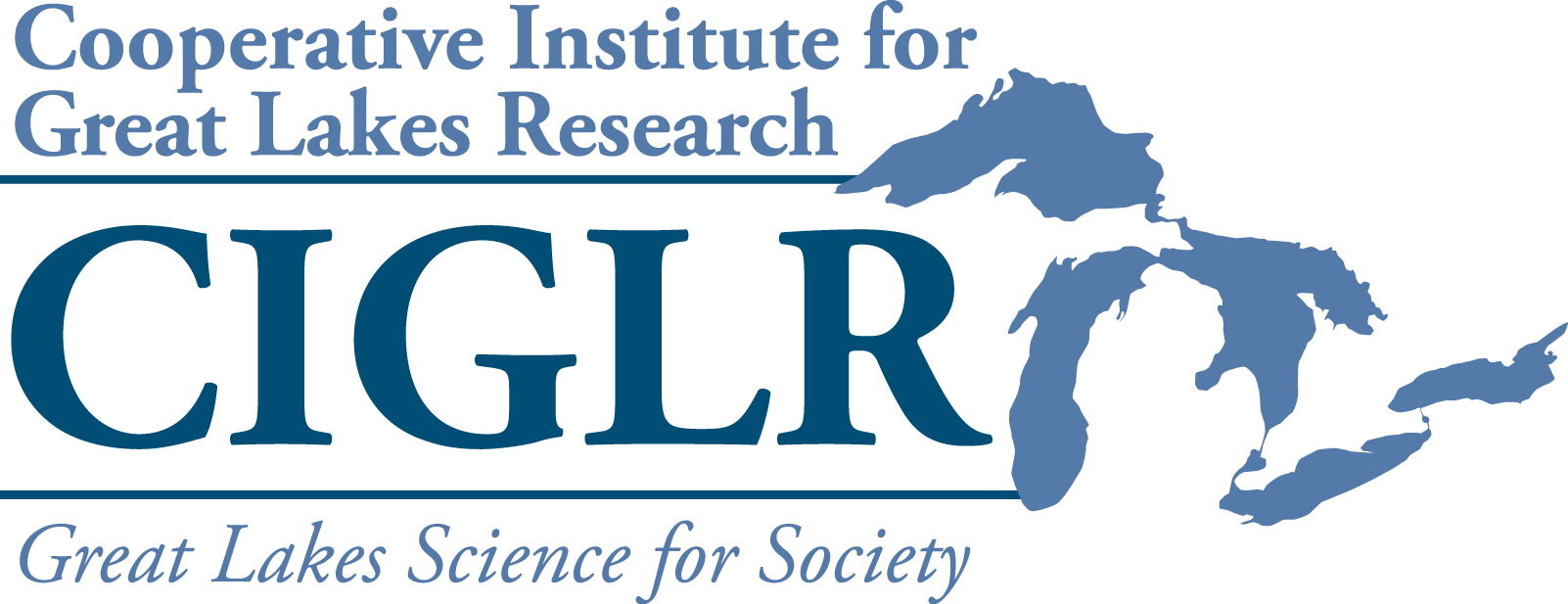Great Lakes Harmful Algal Blooms (HABs) and Hypoxia
The NOAA Great Lakes Harmful Algal Blooms (HABs) and Hypoxia program is a collaborative effort between scientists at GLERL and the Cooperative Institute for Great Lakes Research (CIGLR). This program uses an integrated approach to understand the environmental drivers of HABs and hypoxia to predict events. This approach includes using satellite images, remote sensing, buoys, a comprehensive monitoring program in Lake Erie, Saginaw Bay, and Lake Huron, and advanced genetic techniques to understand the long and short-term seasonal dynamics of HABs and hypoxia. The data collected is used to inform forecast models used by key Great Lakes stakeholder groups, such as drinking water managers. Effective management of the Great Lakes ecosystems requires timely and continuing predictions of ecosystem change. This research will improve forecasts of water quality to reduce risks to ecosystem health associated with recreational exposure, consumption, and treatment of Great Lakes water.
Contacts
| General Information & Media Inquires: oar.glerl.www@noaa.gov 734-741-2235 |
Data Requests: oar.glerl.data@noaa.gov |






